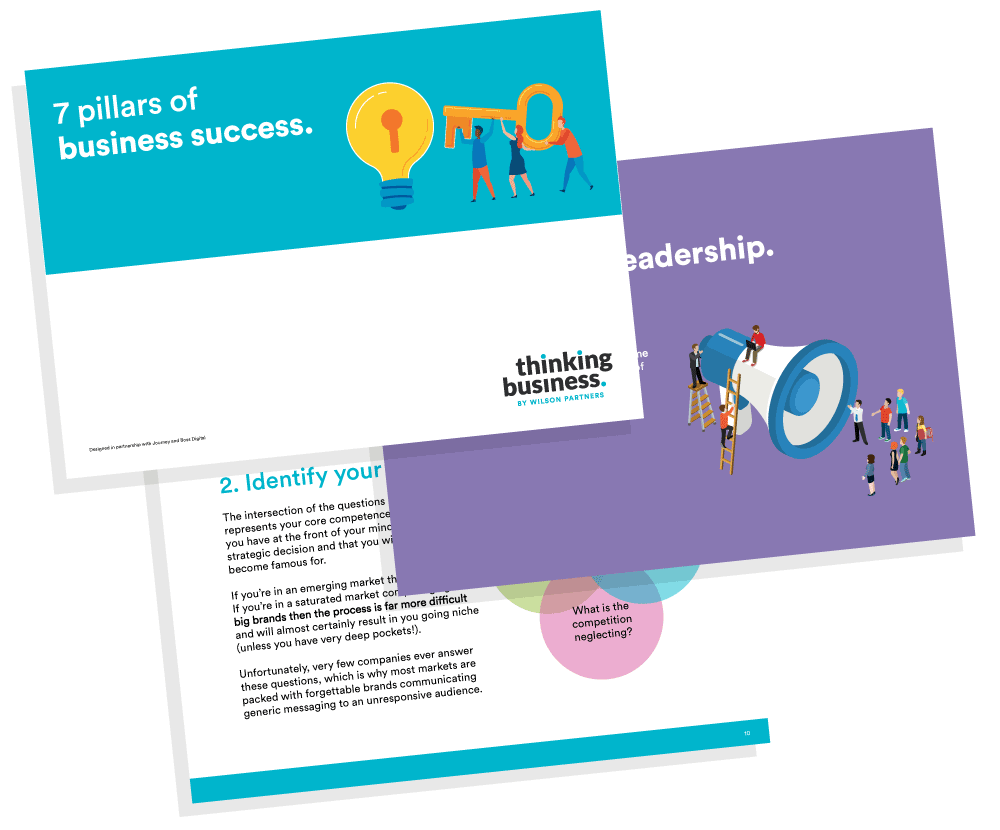
Investing in Software as a Service (“SaaS”)
At Wilson Partners Corporate Finance we see deals across all sectors but over the course of the last 3 years we have gained extensive experience supporting growth capital investments into B2B SaaS technology companies.
Whilst this experience has also spanned many different sub-sectors, including edtech, medtech, martech, proptech to name a few, there are common themes that set quality B2B SaaS businesses apart from the crowd. In this article, we explore some of those value drivers in more detail.
1. Business Model
A true SaaS model will have all but eliminated consultancy arrangements and will be delivering bundled subscription packages to its customers across annual or multi-year contracts with a very low direct cost of delivery, resulting in gross margin performance of 90%+.
Ideally, Management will have costed the subscription to absorb any one-off professional fees or setup costs within one recurring, ongoing contract price. This eliminates lumpy cash flow cycles, allows for a higher Annual Contract Value (ACV), which then results in a higher overall Total Contract Value (TCV) and Customer Lifetime Value (CLV).
Contracts should be for a 12-month term at a minimum, invoiced and paid in advance, but increasingly we see Management teams locking in customers for 3- or 5-year terms at a slightly discounted rate. This is extremely valuable for revenue security and cash flow.
2. Monthly or Annual Recurring Revenue (MRR / ARR)
MRR or ARR is the backbone of any SaaS business, and the quality of this book along with its growth trajectory will be a principal driver of value.
In short, this is the amount of contracted monthly or annual recurring revenue being generated from a business’ subscription customer base at any given point in time. It is absolutely critical that Management teams are monitoring these metrics as a routine part of monthly reporting to demonstrate the value proposition.
Underlying MRR are the key drivers of customer numbers and average value per customer. For established businesses we want to see consistent increases in customer numbers with a supporting increase in ACV through annual price increases, product improvements, additional modules and upsell. However, for emerging business it is not uncommon to see a reasonable level of churn through the tail of smaller early adopter customers as a business begins to establish a higher value enterprise proposition with few new customers but with a substantially higher ACV. Again, if these trends exist we would want to be able to drill into the product journey through detailed cohort analysis.
3. Customer Acquisition Cost (CAC) and LTV ratio
This KPI tracks how much it costs to acquire a new customer, which then in turn allows tracking of payback period and the CAC to LTV ratio. Many public sources will advise that an ideal LTV:CAC ratio should be 3:1, meaning that the value of a customer should be three times more than the cost of acquiring them. If the ratio is below this then you are spending too much on customer acquisition (which may be the amount spent on marketing or it may be you are undervaluing your product subscription). If the ratio is above this then you are spending too little on customer acquisition, and potentially missing out on new business opportunities.
4. Retention and Churn
There are a number of different things to think about around retention and churn, all of which are important in demonstrating the trajectory of your business, and can be looked at both on an ARR basis and on a logo basis (i.e. number of individual customers or “logo’s” being won and lost).
Retention refers to the performance of your existing customer base. How have the customers that you had at the start of the year performed? How much have you managed to upsell to those customers either through price increases or additional modules/ services? How much have you suffered from down sell through price renegotiations or a reduction in modules/ services? Being able to bridge the performance of your customer base is very important for investors to understand the underlying dynamics and value proposition.
Churn is then a measure of how much new business you require to replace those that are lost. As mentioned above, there can be natural churn as the business evolves and it is important to differentiate in reporting the split of regretted and non-regretted churn as well as analysing why customers are churning. To also be able to demonstrate that logo churn is higher than ARR churn can be valuable, as this tells a story that it is smaller customers dropping away rather than higher value customers.
There are a vast number of other KPIs that can be tracked and monitored on a SaaS scorecard and different investors may place value on different things. However, those discussed above are mission critical for almost all successful deals.
If you would like to talk to us about attracting investment into your SaaS business, transitioning your business model from traditional consultancy to SaaS, or about investing in SaaS business then please get in touch with Dan James to arrange an informal chat.
Event
Webinar – Changes to the UK Trust Registration Service, May ’22
A short webinar and Q&A session with our Trust specialists Jodie Green and Sara Pedrotti. You can view the video and download the presentation here.

Download our free guide to the 7 pillars of business success
Read our free guide what you need to focus on to help you make better decisions and achieve your goals quicker.
Please complete our form to download the guide.
Sign up to receive alerts
Call us on 01628 770 770 for a no-obligation chat
You may also be interested in...
Meet the team in 90 seconds – Lesley Kibble
Introduce yourself Hi, I'm Lesley, outside of work I love to travel with my partner Lee and visit new places. I recently returned from Krakow, Poland…
Seeking investment: What a Private Equity investor looks for
What a Private Equity investor looks for Private equity investment is a fundamental source of business funding that plays a pivotal role in…
Seeking investment: Getting your business fit for investment
Get your house in order before seeking finance, and you may not need it! Before looking for capital from external sources, it is paramount to ensure…




